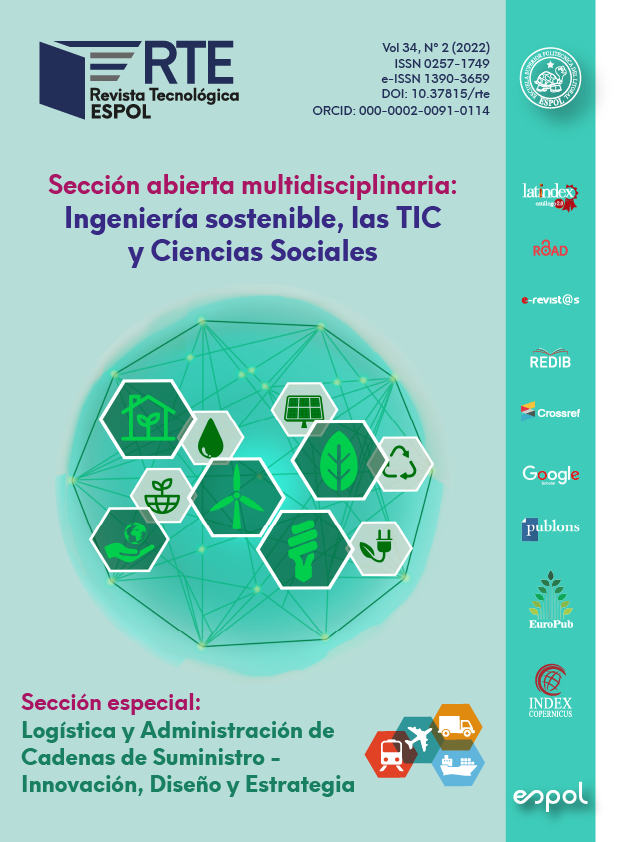Los estudiantes universitarios enfrentan el desafío de comunicarse en una lengua extranjera mientras que la destreza oral es una de las más difíciles de desarrollar. La falta de oportunidades para interactuar en el lenguaje objetivo dentro y fuera de la clase de inglés impide adquirir fluidez y confianza. Este estudio examina el desarrollo de las habilidades de comunicación oral de los estudiantes del Nivel B1 (Nivel pre-intermedio del Marco Común Europea de Referencia de Lenguas) de inglés como Lengua Extranjera, haciendo uso de la aplicación WhatsApp. Cuarenta y cinco estudiantes de inglés, de edades entre 18 y 25 años, de un centro de idiomas de una universidad de Ecuador realizan ejercicios de comunicación oral empleando mensajes de voz, con la ejecución de vídeos cortos como parte de las actividades planificadas en su curso. El método de recolección de datos incluye encuestas y entrevistas a los participantes, y observaciones de su profesor. La información se examina mediante estadística descriptiva y tabulaciones cruzadas. El análisis de los datos evidencia que el uso de vídeos cortos es mucho más eficaz que los mensajes de voz para mejorar las habilidades comunicativas orales de los participantes. Otro beneficio es la mejora en el uso de la gramática y la pronunciación observada en los mensajes de voz de los estudiantes, y su consecuente mejoría de la fluidez en su habilidad oral. En este estudio puede decirse que las habilidades comunicativas orales mejoran de manera general con el uso de la aplicación WhatsApp, por lo tanto, los autores recomiendan explorar diferentes recursos tecnológicos en la enseñanza de lenguas extranjeras.

Esta obra está bajo una licencia internacional Creative Commons Atribución-NoComercial 4.0.
Referencias
Alina, M., Lopes, C., Sancha, P., Cientifico, T., & Ingleses, E. (2007). Communicative EFL Assessment in Cape Verde Perceptions, Constraints and Suggestions for Effective Testing Tools Communicative EFL Assessment in Cape Verde Perceptions, Constraints and Suggestions for Effective Testing Tools.
Altiner, C. (2018). Teaching of Focus Structures in English. Journal of Education and Training Studies, 6(11a), 69. https://doi.org/10.11114/jets.v6i11a.3802
CES (Consejo de Educación Superior). (2019). Reglamento de Régimen Académico Consejo Educación Superior. Lexis Finder, 051, 51 reglamento-de-regimen- academico-2015.pdf
Council of Europe. (2001). Common European Framework of Reference for Languages: learning, teaching, assessment. Cambridge University Press.
Jung, M.-Y. (2013). Videoconferencing Improves Students’ Language Learning in the EFL Classroom. TESOL Journal, 4(4), 743–751. https://doi.org/10.1002/tesj.112
Ko, M. H. (2019). Students’ reactions to using smartphones and social media for vocabulary feedback. Computer Assisted Language Learning, 32(8), 920–944. https://doi.org/10.1080/09588221.2018.1541360
Kovac, M. M., & Mrsic, A. (2017). Students’Attitudes towards Foreign Languages. Journal of Educational and Developmental Psychology, 7(2), 124. https://doi.org/10.5539/jedp.v7n2p124
Kurkimbayeva, A. M., Akhatova, B. A., Gumovskaya, G. N., Kotenyatkina, I. B., & Khuziakhmetov, A. N. (2020). Communicative strategies in modern linguistics (On the material of English travel blogs). XLinguae, 13(2), 33–49. https://doi.org/10.18355/XL.2020.13.02.03
Main-smith, J. (n.d.). Cell-Phone Addiction.
Minalla, A. A. (2018). The Effect of WhatsApp Chat Group in Enhancing EFL Learners’ Verbal Interaction outside Classroom Contexts. English Language Teaching, 11(3), 1. https://doi.org/10.5539/elt.v11n3p1
Namaziandost, E. (2019). The Impact of Social Media on EFL Learners’ Speaking Skill: A Survey Study Involving EFL Teachers and Students. 6(3), 199–215.
Prichard, C. (2013). Using Social Networking Sites as a Platform for Second Language Instruction. TESOL Journal, 4(4), 752–758. https://doi.org/10.1002/tesj.113
Siegel, J. (2013). Innovation in Language Learning and Teaching Second language learners’ perceptions of listening strategy instruction. Innovation in Language Learning and Teaching, 7(April), 37–41. https://doi.org/10.1080/17501229.2011.653110
Stepp, J. G. (2002). Student Perceptions on Language Learning in a Technological Environment: Implications for The New Millennium. Language Learning and Technology, 6(January), 165–180. http://llt.msu.edu/vol6num1/steppgreany/
Tuan, L. T., & Nhu, N. T. K. (2010). Theoretical Review on Oral Interaction in EFL Classrooms. Studies in Literature and Language, 1(4), 29–48. https://doi.org/10.3968/1415







